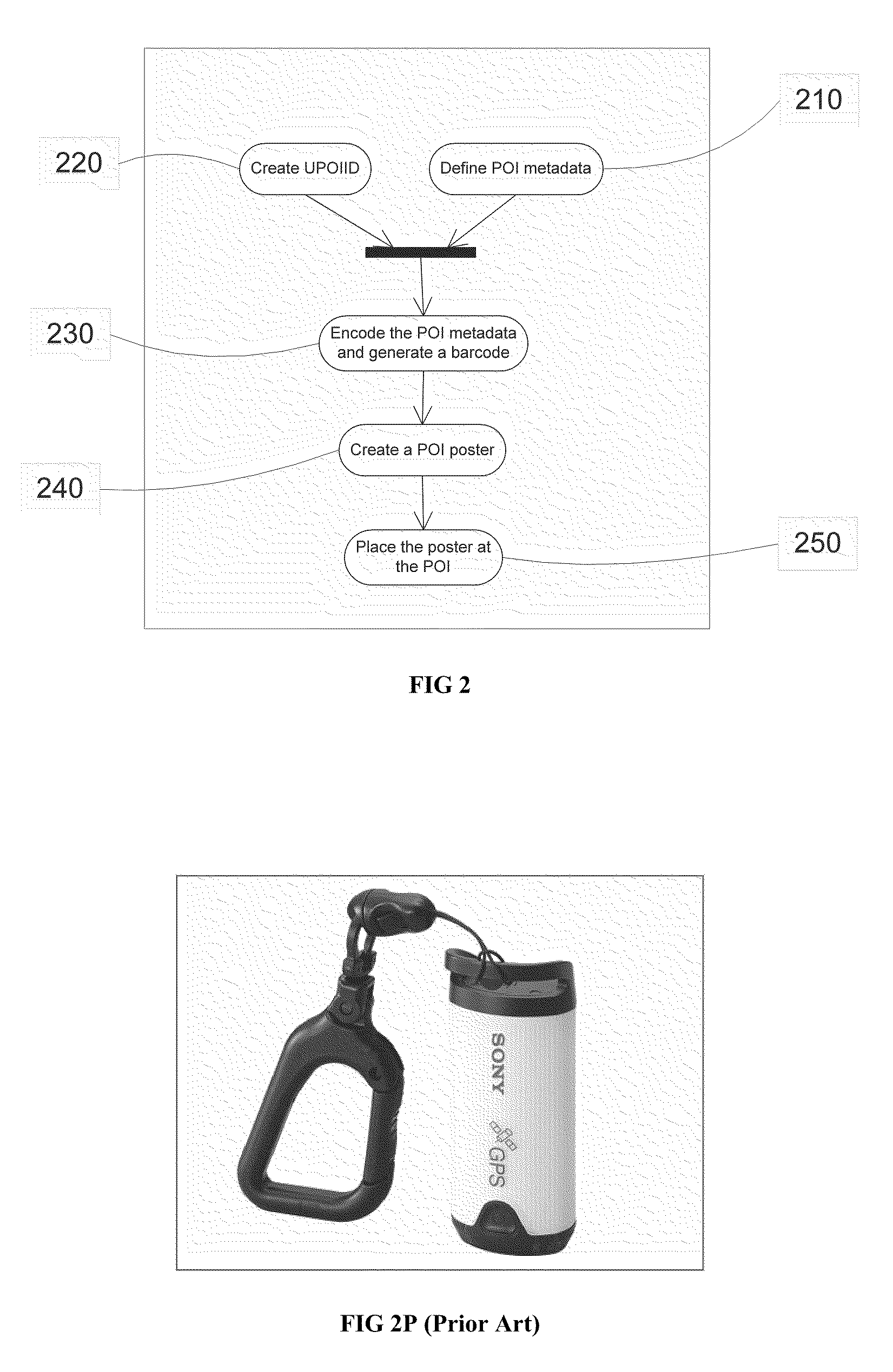Method of Automatically Tagging Image Data
a technology of image data and automatic tagging, applied in the field of digital image processing, can solve the problems of inconvenient retrieval, loss of information about where photographs were taken, and inability to identify the location, etc., and achieve the effect of affecting everyone working with digital images, and avoiding the loss of information
- Summary
- Abstract
- Description
- Claims
- Application Information
AI Technical Summary
Benefits of technology
Problems solved by technology
Method used
Image
Examples
Embodiment Construction
[0034]Reference will now be made in detail to the specific embodiments of the invention. Examples of these specific embodiments are illustrated in the accompanying figures. While the invention will be described in conjunction with these specific embodiments, it will be understood that there is no intent to limit the invention to the described embodiments. In the following description, numerous specific details are set forth in order to provide a thorough understanding of the present invention. This does not mean that the present invention cannot be utilized without some of these specific details. On the other hand, apparent operations and functionalities have not been described in detail, in order to avoid obscuring the present invention unnecessarily. It must also be noted here that the terms “picture”, “photograph” and “image file” will be used synonymously throughout the description of the specific embodiments of the present invention.
[0035]FIG. 1 illustrates the process of creat...
PUM
 Login to View More
Login to View More Abstract
Description
Claims
Application Information
 Login to View More
Login to View More - R&D
- Intellectual Property
- Life Sciences
- Materials
- Tech Scout
- Unparalleled Data Quality
- Higher Quality Content
- 60% Fewer Hallucinations
Browse by: Latest US Patents, China's latest patents, Technical Efficacy Thesaurus, Application Domain, Technology Topic, Popular Technical Reports.
© 2025 PatSnap. All rights reserved.Legal|Privacy policy|Modern Slavery Act Transparency Statement|Sitemap|About US| Contact US: help@patsnap.com



